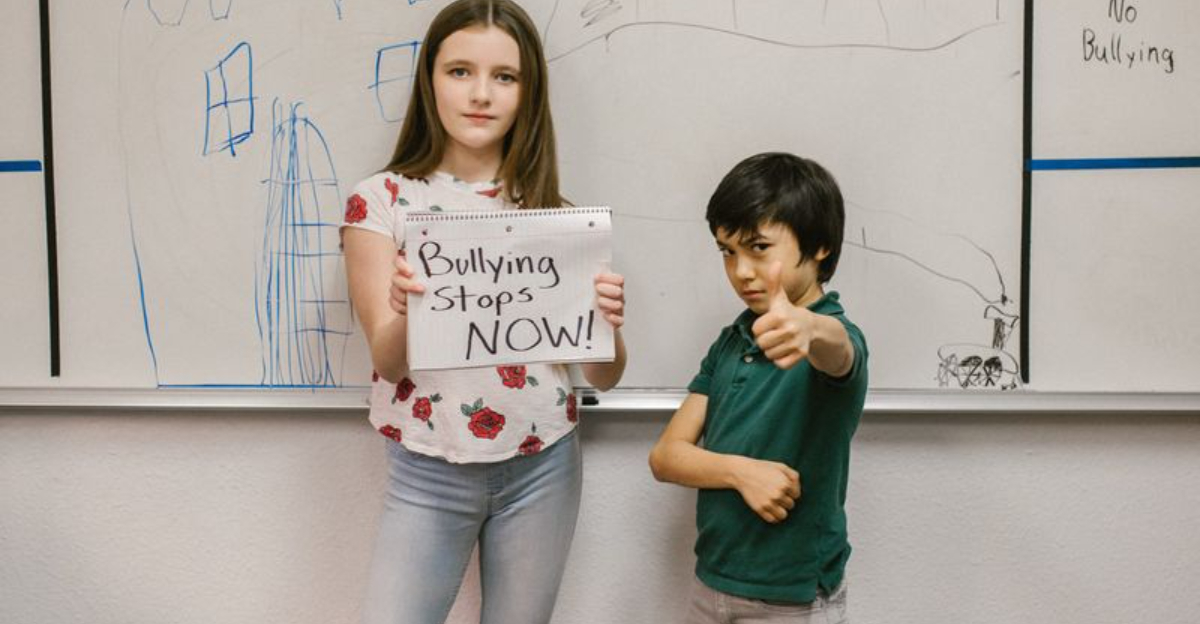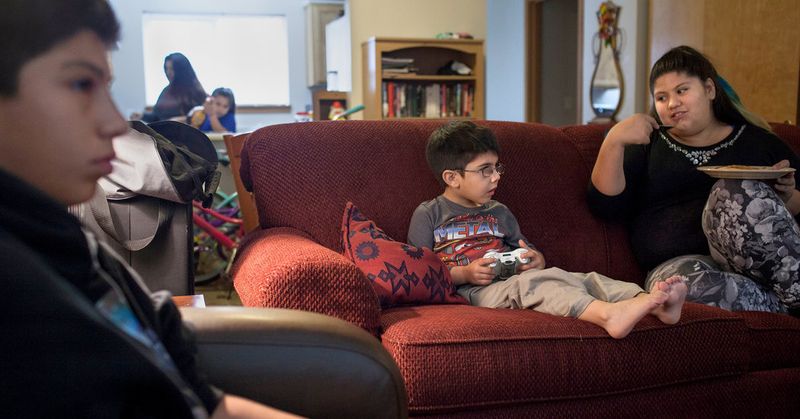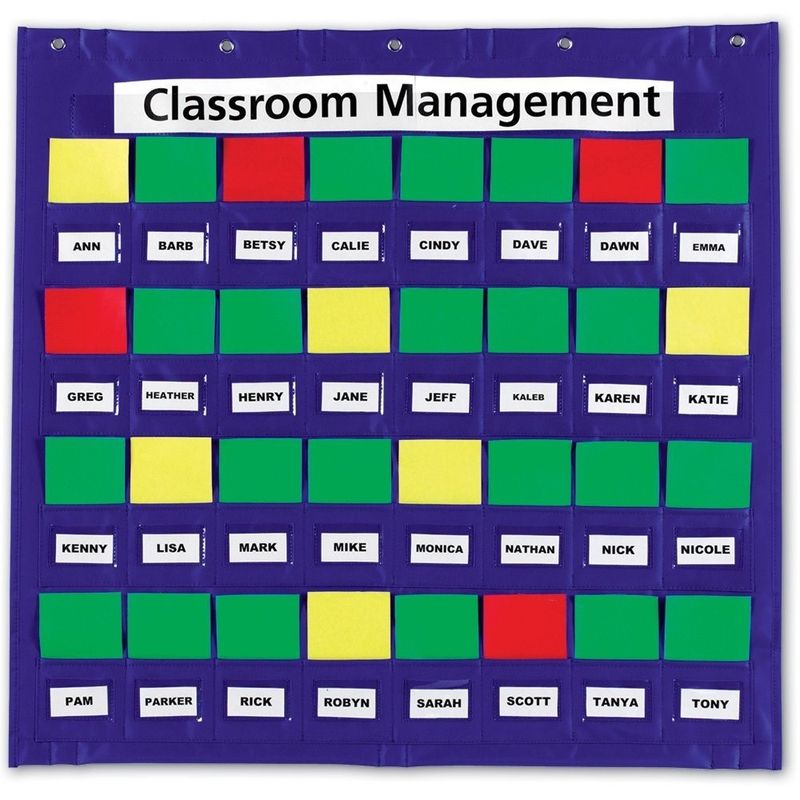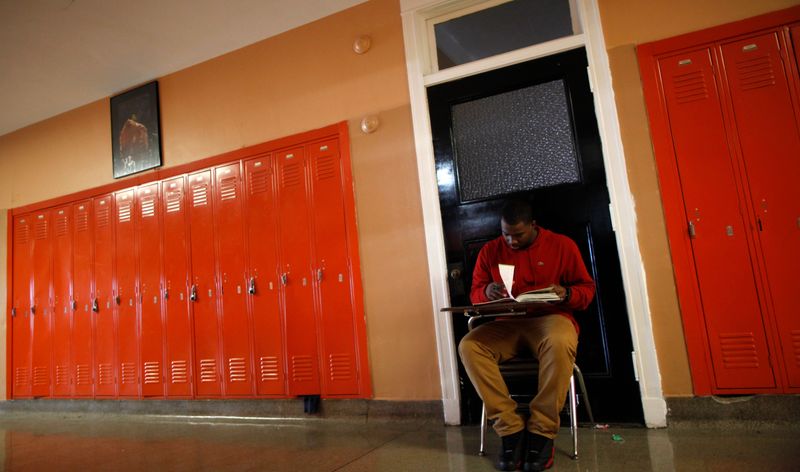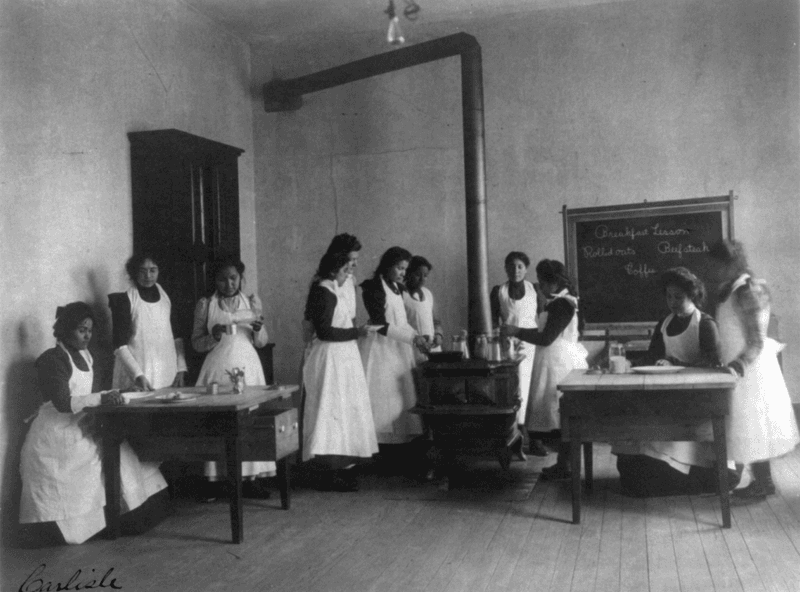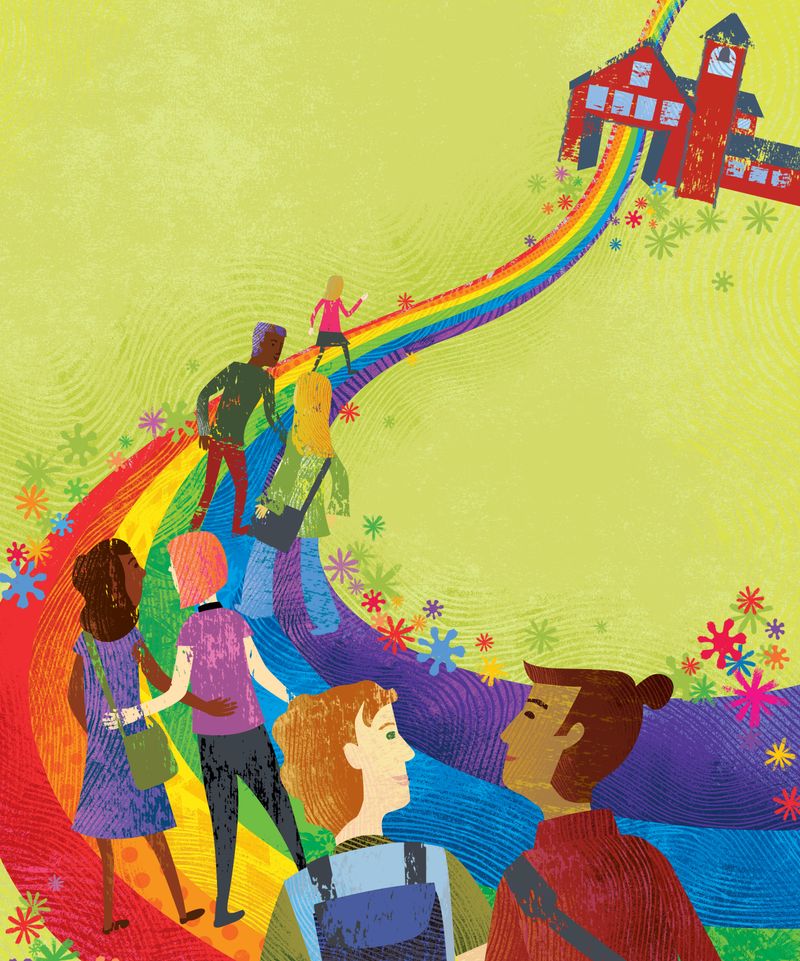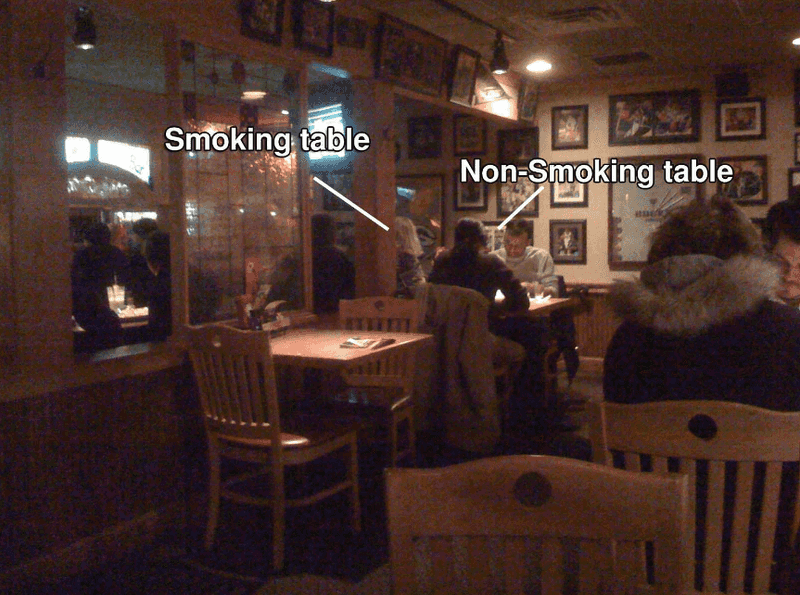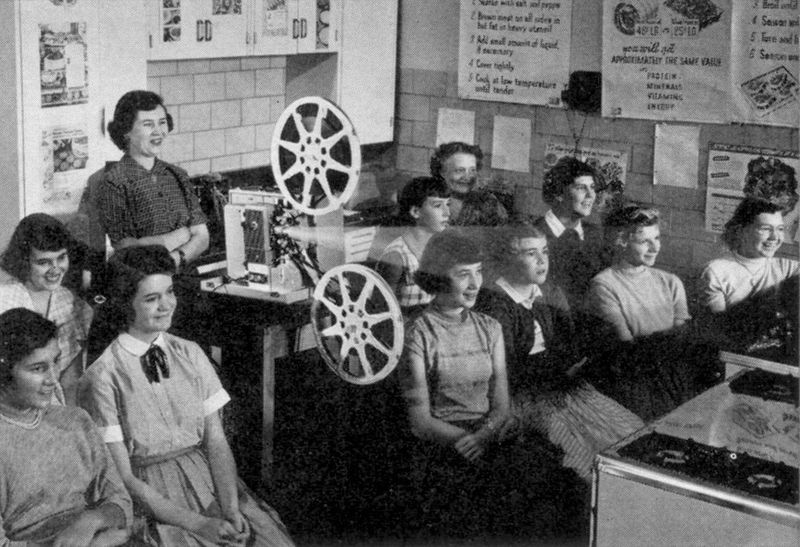Remember those weird social rules we all just accepted growing up? Looking back, some of them were downright bizarre, harmful, or simply made no sense. As society evolves, we’re finally questioning these once-normal expectations that shaped our childhoods. Here’s a walk down memory lane of social norms that now make us shake our heads in disbelief.
1. “Boys Will Be Boys” Excusing Bad Behavior
This dismissive phrase granted boys a free pass for everything from playground roughhousing to serious harassment. Adults would shrug it off rather than teaching accountability or emotional regulation.
The damage? Boys never learned to manage their actions, while girls internalized that male aggression was simply unavoidable. Schools and families reinforced this double standard daily.
Today, we recognize this phrase for what it truly is: a lazy excuse that robs young men of the chance to develop empathy and responsibility while normalizing harmful behavior patterns that can last a lifetime.
2. Mandatory Hugs for Relatives
Remember that awkward moment when Mom insisted you hug Great-Uncle Frank, whom you’d met exactly twice before? Adults treated children’s bodies as public property, demanding physical affection regardless of comfort levels.
Family gatherings became anxiety-inducing events where refusing a hug meant being labeled “rude” or “disrespectful.” The message was clear: adult feelings mattered more than children’s boundaries.
This seemingly innocent tradition taught kids a dangerous lesson about consent and bodily autonomy. Today, more parents offer alternatives like high-fives or waves, recognizing that forcing physical contact sends all the wrong messages.
3. Public Achievement Rankings
Gold star charts, reading level groups, and “Student of the Month” displays dominated classroom walls. Teachers thought these motivational tools would inspire excellence, but they often just highlighted who was struggling.
Kids quickly learned their exact place in the academic hierarchy. Those at the bottom endured daily visual reminders of their “failures,” while top performers developed unhealthy perfectionism or feared losing their status.
The public nature of these rankings turned learning into a competition rather than a journey. Now, educators increasingly recognize that progress is personal and that publicly ranking children creates unnecessary pressure and shame.
4. Teachers Using Humiliation as Discipline
Mrs. Johnson reading your failed test score aloud. Mr. Smith making you wear a dunce cap. These weren’t just movie tropes—many of us experienced teacher-led public humiliation firsthand.
Educators wielded embarrassment as a behavior management tool, from making students stand in hallway corners to mocking wrong answers in front of peers. The psychological impact lingered long after the laughter died down.
Research now confirms what seemed obvious: humiliation creates fear, not learning. Modern teaching approaches focus on dignity-preserving discipline that maintains student self-worth while addressing behavior—a refreshing shift from the emotional battlefields many of us survived.
5. Unsupervised All-Day Wandering
“Be home when the streetlights come on” was the extent of parental guidance for many of us. Kids roamed neighborhoods, built forts in vacant lots, and ventured miles from home without cell phones or check-ins.
Parents had no idea where we were for hours. We climbed rusty structures, accepted rides from neighbors, and explored abandoned buildings—all without adult supervision.
While today’s helicopter parenting has its own issues, the complete lack of oversight now seems shocking. The pendulum has swung dramatically from “Lord of the Flies” independence to GPS trackers and scheduled playdates, with neither extreme quite hitting the sweet spot of healthy childhood freedom.
6. Rigid Gender-Based School Activities
The classroom door might as well have had a dividing line: boys to woodshop, girls to home economics. Heaven forbid Tommy wanted to learn to bake or Sally showed interest in power tools.
Schools enforced these arbitrary divisions with surprising rigidity. The message was unmistakable: certain skills belonged exclusively to one gender, preparing boys for careers and girls for homemaking.
The absurdity becomes clear when you consider everyone eventually needs to cook meals AND hang pictures. Modern education increasingly recognizes that practical life skills aren’t gendered—a welcome shift that allows all children to develop well-rounded capabilities regardless of outdated stereotypes.
7. The Clean Plate Club Mandate
“There are starving children in Africa!” Parents wielded this guilt-trip while forcing us to sit at the table until we’d consumed every unwanted bite. Somehow, our uneaten brussels sprouts were connected to global hunger.
This well-intentioned but misguided approach ignored children’s natural hunger cues. We learned to override our bodies’ signals and associate mealtime with power struggles rather than nourishment.
Nutritionists now warn that forcing children to clean their plates can contribute to unhealthy relationships with food. Modern approaches focus on offering healthy options while trusting kids to regulate their own intake—respecting their emerging bodily autonomy rather than demanding compliance.
8. Romanticizing Playground Chase Games
Adults smiled knowingly when boys chased screaming girls around the playground. “He’s only chasing you because he likes you!” they’d explain, as if unwanted pursuit was the highest form of flattery.
This bizarre dynamic normalized harassment as affection from our earliest years. Girls learned their discomfort was less important than boys’ attention, while boys received the message that persistence trumped consent.
Watching children’s movies from our youth reveals how deeply embedded this trope was in our culture. Today’s playground supervisors are more likely to intervene in these scenarios, teaching mutual respect rather than reinforcing troubling patterns that once seemed utterly normal.
9. Food as Behavioral Currency
Dessert became a moral achievement rather than simply part of a balanced diet. “No cookies until your homework is done!” created a bizarre reward system where sugar signified virtue.
This transactional approach to eating appeared everywhere. Good behavior earned ice cream, while punishment meant going without treats. We internalized the message that certain foods were rewards, making them more desirable and emotionally charged.
Child development experts now warn against this practice, noting it creates unhealthy associations with food that can last a lifetime. The unintended lesson—that emotional eating is appropriate and some foods are morally superior—continues to shape many adults’ complicated relationships with nutrition.
10. Dismissing Bullying as Normal Teasing
“Just ignore them and they’ll stop.” This useless advice left countless kids to navigate torment without support. Adults minimized legitimate harassment as character-building or dismissed it entirely.
Schools had bullying policies that existed mainly on paper. Victims were often blamed for being too sensitive or told they somehow invited the abuse. Meanwhile, bullies received the message that their behavior carried no consequences.
The psychological damage from this abandoned approach continues to affect generations. Today’s anti-bullying programs, while imperfect, at least acknowledge the serious harm caused by persistent harassment and place responsibility where it belongs—with the aggressor, not the target.
11. Gendered Dress Code Double Standards
Finger-width straps, shorts longer than fingertips, no visible bra straps—the list of girls’ clothing restrictions seemed endless. Meanwhile, boys’ attire barely warranted a mention in the rulebook.
The reasoning behind these uneven standards was particularly cringe-worthy. Girls were responsible for preventing “distraction” rather than boys being responsible for their own attention. Schools effectively sexualized young girls’ bodies while teaching boys their education mattered more.
The message was clear: female bodies required regulation and control. Modern students increasingly challenge these double standards, recognizing them as reflections of deeper societal issues rather than necessary educational policies.
12. Anti-Tattling Campaigns
“Nobody likes a tattletale!” Adults weaponized this phrase to discourage children from reporting problems, effectively silencing them when they needed help most. The social stigma against “snitching” was powerful and pervasive.
This created a dangerous dynamic where kids suffered in silence rather than risk being labeled a tattler. The distinction between reporting harm and petty tattling was rarely explained, leaving children to navigate complex social situations without guidance.
Many schools even posted anti-tattling posters, unintentionally creating perfect environments for bullying to flourish unchecked. Today’s approach increasingly focuses on teaching the difference between reporting safety concerns and unnecessary tattling—a crucial distinction for children’s wellbeing.
13. Lunch Box Food Shaming
The lunchroom hierarchy was brutal. Kids with homemade or cultural foods faced ridicule, while processed, packaged items conferred instant social status. Lunchables weren’t just convenient—they were social currency.
Children with ethnic lunches often begged parents for “normal” American food to avoid teasing. Others hid their family’s financial limitations by claiming they “just preferred” plain sandwiches to the coveted prepackaged meals.
The cafeteria became a daily exercise in judgment and shame. Today’s food-conscious culture has somewhat reversed this trend, with homemade and diverse foods gaining appreciation, though lunch period remains a complex social landscape for many children navigating peer acceptance.
14. Heteronormativity as the Only Option
“Who’s your girlfriend?” adults would ask 7-year-old boys, while girls fielded questions about future husbands. The assumption was universal: everyone was straight, and opposite-gender relationships were the only normal outcome.
LGBTQ+ identities were either completely invisible or treated as inappropriate for children to know about. Books, movies, and classroom discussions reinforced this limited worldview, leaving many kids feeling confused or broken without understanding why.
Schools hosted boy-girl dances and activities that presumed heterosexual attraction. The shift toward inclusive education has been relatively recent, allowing today’s youth to see diverse relationship models and identity expressions that many of us never encountered during our formative years.
15. Toxic Celebrity Culture Worship
Teen magazines scrutinized every celebrity pound gained and relationship choice. “Who Wore It Better?” pitted women against each other while “Stars Without Makeup: The Horror!” taught us natural faces were somehow shameful.
Young stars faced brutal public criticism about their bodies and dating lives. We consumed this toxic content without questioning its impact, plastering our walls with idealized images that fueled impossible standards.
The most disturbing part? Adults actively marketed this damaging content to children. While today’s social media has its own problems, there’s at least growing awareness about the harm caused by these judgmental comparisons and the inappropriate sexualization of young celebrities.
16. Sunscreen as Optional Beach Accessory
Tanning oil? Essential. SPF? Whatever. Somehow, deliberately burning our skin was considered not just acceptable but desirable. Parents sent kids to play all day in direct sunlight with minimal protection.
Getting a “good base tan” was treated as healthy preparation for summer. We’d compare sunburns with pride, as if turning lobster-red was an achievement rather than skin damage.
Dermatologists watched in horror as we slathered ourselves with baby oil and iodine for deeper color. The skin cancer risks were known but ignored in favor of the “healthy glow” aesthetic. Today’s greater awareness of sun damage has thankfully shifted this dangerous norm, though not without resistance from the “I survived without sunscreen” generation.
17. Restaurant Smoking Sections
A flimsy divider supposedly protected non-smokers from clouds of cigarette smoke. Families with children would be seated mere feet from active smokers, separated by nothing but an imaginary line.
The absurdity is clearer in hindsight. Smoke doesn’t respect arbitrary boundaries, yet we accepted this bizarre compromise as reasonable. Kids with asthma suffered through meals while adults puffed away at neighboring tables.
Even more shocking was how normal it seemed. Nobody questioned why smoking was allowed indoors at all, especially around children. The relatively recent shift to smoke-free public spaces represents one of the most dramatic and beneficial public health policy changes many of us have witnessed in our lifetimes.
18. Gender-Segregated Play Restrictions
“This game is for boys only!” declared the playground gatekeepers. Children policed gender boundaries with surprising ferocity, creating invisible but impenetrable barriers around activities and spaces.
Girls who wanted to play football or boys interested in jump rope faced ridicule and rejection. Adults reinforced these divisions through gendered toy marketing and activity suggestions, rarely challenging the arbitrary restrictions.
The lost opportunities were significant. Children missed chances to develop diverse skills and friendships based on shared interests rather than gender. Today’s more inclusive approach allows for greater freedom of play choices, though social pressure still exists in more subtle forms.
19. Corporal Punishment in Schools
The paddle hanging ominously on the principal’s wall wasn’t just decoration. In many schools, physical punishment remained legal and common practice well into many of our childhoods.
Students could be struck by adults for infractions as minor as talking in class or incomplete homework. The psychological impact of knowing adults could legally hit you created an atmosphere of fear rather than learning.
Most shocking was how many parents supported this practice. Permission slips authorized school officials to physically discipline children, a concept that seems increasingly unthinkable. While still legal in some states, the practice has declined dramatically as research consistently shows its ineffectiveness and potential for lasting harm.
20. Outdated Educational Media Endurance Tests
The projector wheel clicked while students struggled to stay awake through educational films that were ancient even then. These outdated productions featured monotone narrators, scratchy footage, and information that was often already obsolete.
Teachers dimmed the lights and expected perfect attention during these visual sedatives. The films’ production values were abysmal by any standard, yet students were expected to extract valuable knowledge from these tedious presentations.
The ritual wasted countless hours of classroom time. Modern educational content has thankfully evolved to be more engaging and current, though some schools still maintain archives of these vintage snoozefests that tested students’ endurance rather than expanding their knowledge.
21. “Because I Said So” as Ultimate Authority
The conversation-ending nuclear option of parenting. This phrase shut down questions, curiosity, and critical thinking with four simple words that established authority as the only justification needed for any rule.
Children learned that arbitrary decisions were beyond questioning. Rather than developing understanding of underlying principles, kids were taught that power alone determined what was right or acceptable.
The approach created obedient children but poor decision-makers. Modern parenting increasingly recognizes the value of explanation and reasoning, even with young children. While authority remains important, the shift toward helping children understand the “why” behind rules fosters better judgment and internal motivation rather than blind compliance.
22. Glamorizing Teen Marriage and Pregnancy
High school sweethearts rushing to the altar was romanticized as the ultimate love story. Teen mothers were often pressured into hasty marriages rather than supported in making informed choices about their futures.
Movies and television reinforced this narrative, depicting teenage matrimony as dreamily romantic rather than statistically doomed. Young couples faced enormous pressure to “make it work” despite lacking education, financial stability, or emotional maturity.
Girls particularly received the message that early marriage and motherhood represented success rather than limited options. Today’s lower teen pregnancy rates and delayed marriage age reflect a significant cultural shift, with young people increasingly prioritizing education and career development before family formation.
